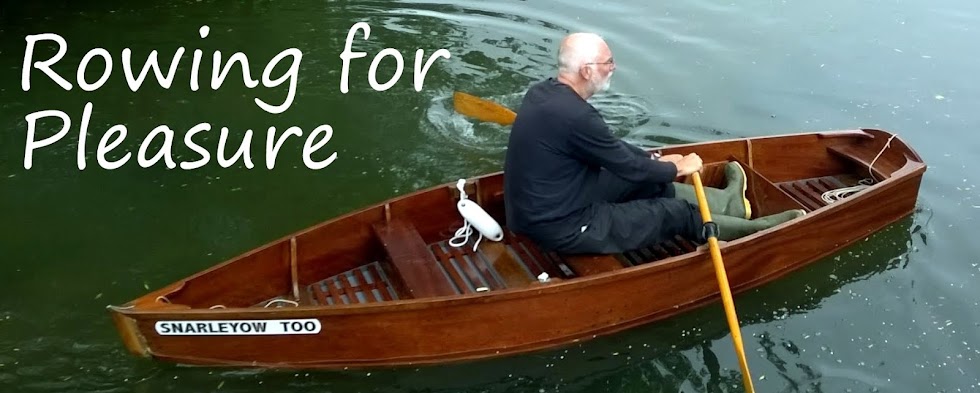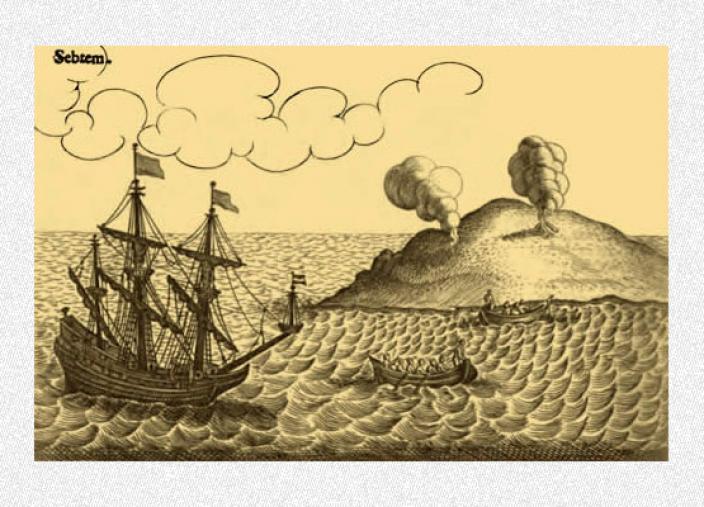Coast Australia on the BBC has been a great series. Lots of fantastic scenery and two of the loveliest PhDs on TV anywhere.
The last programme told the tale of the Dutch East Indiaman
Batavia, wrecked on the western coast of Australia in 1629 on her way to Indonesia for spices.
There seemed to be no water on the island they were stranded on. so most of the senior officers took a boat and sailed off to Indonesia "to find some." "Saving their own skins," said a local historian.
A group of marines took a boat to another island and found water, but despite their smoke signals the rest of the survivors did not come over. They had come under the control of the civilian second-in-command, a psychopath who decided that the best way of ensuring his own survival was to get everyone to slaughter each other.
Eventually, he mounted an expedition to kill the marines. In the middle of their spirited defence what should arrive but a rescue ship.
Both sides realised they had to get to the ship first to ensure their side of the story was heard, and a rowing race began. Quite literally a race for their lives. The marines won, the leading killers were hanged on the spot and the survivors taken to Indonesia.
 |
| "Literally within arm's reach?" |
Notice that I used the word 'literally' correctly there. Twice in the programme, presenters were guilty of egregious literally-abuse.
Dr Emma Johnston said that whereas the Great Barrier Reef is hundreds of miles offshore, the fringing reef on the west coast was "literally within arm's reach". Come on ducky, it was close but not that close.
Then Neil Oliver himself came out with: "The Coral Coast is quite literally the western frontier of this continent." No it isn't. It's quite literally the western coast. Come on, Neil.














